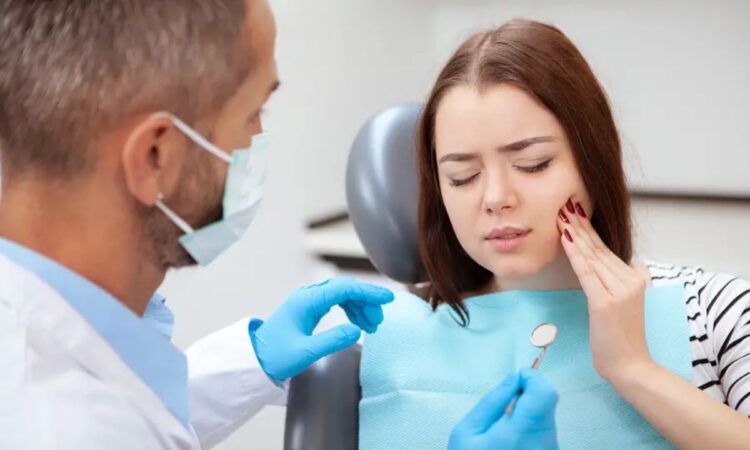
Dental emergencies can be scary, especially for children. Quick action often makes all the difference. When faced with dental issues, georgia emergency dental care offers vital support. A pediatric dentist can handle these unexpected situations. They have the right skills and tools to ease pain, prevent further damage, and calm worried hearts.
Common Children’s Dental Emergencies
Children are active and curious, which sometimes leads to dental emergencies. The most common issues include:
- Knocked-out teeth
- Chipped or fractured teeth
- Severe toothaches
- Cut or bitten tongue, lips, or cheek
- Objects caught between teeth
Each situation requires a different approach. Knowing what to do can keep things from getting worse and help a child feel better faster.
The Role of a Pediatric Dentist
Pediatric dentists specialize in treating children from infancy through adolescence. They understand the unique needs of young patients. Here’s how they help in emergencies:
- Expertise: Pediatric dentists have training in child-specific techniques and treatments.
- Child-friendly environment: Their offices are designed to make children feel comfortable.
- Advanced tools: They use equipment suited for smaller mouths and growing teeth.
These professionals provide the right care while ensuring the child remains calm and relaxed.
Immediate Steps in a Dental Emergency
In an emergency, the right initial actions are crucial. Here are some steps to take:
- Knocked-out teeth: Handle the tooth by the crown, rinse it, and try to place it back in the socket. If not possible, store it in milk.
- Chipped or fractured teeth: Rinse the mouth with warm water, and apply a cold compress to reduce swelling.
- Severe toothaches: Rinse with warm water and gently floss to remove any lodged food.
- Cut or bitten tongue, lips, or cheek: Clean the area with water, and apply a cold compress.
- Objects caught between teeth: Use dental floss gently to remove the object.
For more information on handling dental emergencies, visit the CDC’s guidelines on dental emergencies.
Comparison of Emergency vs. Routine Care
Understanding the differences between emergency and routine dental care is important. Here’s a quick comparison:
| Aspect | Emergency Care | Routine Care |
|---|---|---|
| Timing | Immediate attention required | Scheduled in advance |
| Nature of Care | Addresses urgent issues | Focuses on prevention |
| Providers | Pediatric dentists and emergency specialists | Pediatric dentists |
Emergency care focuses on addressing urgent issues immediately, while routine care emphasizes prevention and maintenance. Both are crucial for maintaining overall dental health.
Preparing for Dental Emergencies
No one plans for an emergency, but being prepared can ease stress. Here are three key tips:
- Keep your dentist’s contact information handy.
- Have a small dental first-aid kit with essentials like gauze and a small container with a lid.
- Educate children on dental safety, such as wearing mouthguards during sports.
Being prepared will help manage the situation more effectively when an emergency occurs.
Conclusion
Dental emergencies require swift and effective care. Pediatric dentists play a vital role in managing these situations with expertise and compassion. By understanding common emergencies, knowing immediate steps to take, and preparing ahead, you can ensure the best outcomes for your child’s dental health. For more comprehensive information on dental emergencies, visit the American Dental Association’s guidance.

